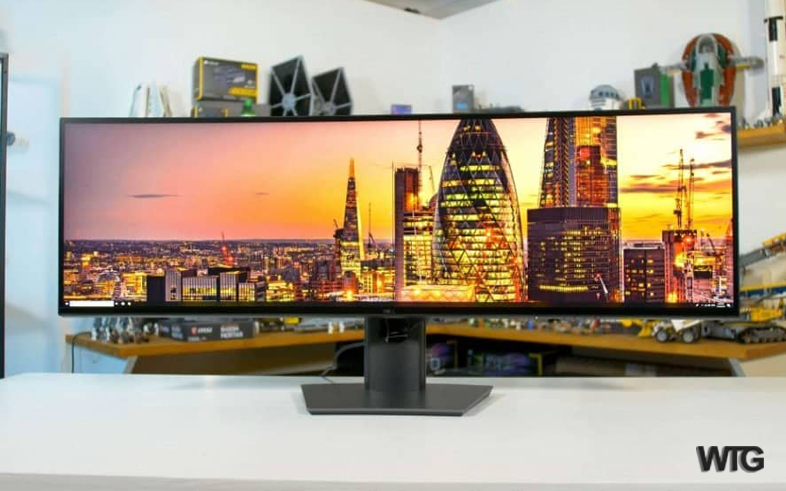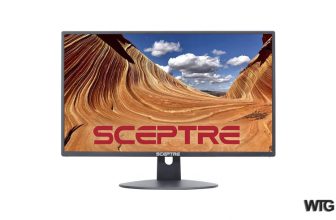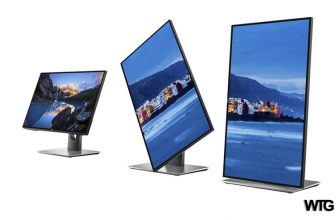
What is Overdrive on a Monitor?
There are displays that have slow response times. Your screen may also have a fast response time, but not as fast that it eliminates the ghosting on your screen. If you want to boost your response time, that’s when you go to overdrive.
Overdrive is called with different names depending on the manufacturer. It’s sometimes called Response Overdrive, Response Time Compensation, OD, etc. Overdrive is meant to increase your display’s response time by a few milliseconds.
Remember the response time milliseconds for the three different displays mentioned a while ago? They’re actually the response time generated when you use the overdrive feature of your display. Wait, what? Yes, you read that right. This means that your usual TN panel display does not have a 1-millisecond response time by default. Instead, it has a 3-5-millisecond response time and then drops to 1 millisecond when you turn on overdrive.
While this can be misleading to a lot of screen buyers, it’s not something you should hate the manufacturer for. Besides, the overdrive is there to help you adjust for the response time you need in order to get the best performance.
How Do You Turn On, Off, or Adjust Overdrive?
How you turn on, off, and adjust, overdrive is highly dependent on your display’s settings. The first thing you have to do is know what it’s called in your laptop, monitor, or TV. When you’ve figured that out, all you need to do is look for it in the settings.
From the settings menu, go to the ‘On-Screen Display’ (OSD) option where you can find other adjustments for the display screen. There’s the brightness, contrast, and overdrive settings. Unfortunately, not all monitors have overdrive settings, so if your monitor doesn’t have it, you can’t adjust for lesser ghosting.
Once you’ve opened the overdrive menu, you will be greeted with a few overdrive levels to adjust. Most of the time, they’re called slow, normal, fast, faster, while others are in numbers. Some brands have an option to completely turn it on or off, while others place it in default (usually in normal).
Which Overdrive Settings Should be Used?

Let’s say you have three settings you see on your menu, low, medium, and high. Which one do you choose?
Most of the time, if your overdrive doesn’t have an on and off switch, you will find the ticker to be pointing at medium (or normal). If you are experiencing ghosting, then you would want to increase the overdrive to shorten the response time. If this is the case, then you should shift the ticker to the high overdrive in order to reach the shortest response time your display is capable of.
But wait, not so fast. If you place the ticker too high, then you can also experience what they call ‘overshoot’. Overshoot (also called inverse ghosting) refers to the phenomenon when the overdrive settings are too high that it affects the overall display. If you can’t adjust the overdrive settings to the option between medium and high, then it’s best to stick to the medium settings to avoid overshooting.
A Few Tips
While overdrive is a great adjustment to increase response time, you should be wary of using it on games that don’t exhibit ghosting. If you’ve bought a display that has poor overdrive optimization, then instead of getting a faster response rate, you’ll be getting poor display settings.
If you are experiencing some blurs in spite of the overdrive settings, you should consider changing your monitor to a unit that can provide you with the response time needed for your games and movies. Fortunately, you can always ask the manufacturer on the response time since this is readily available in the specs of the unit. As for overdrive, make sure that you ask how you set it so you can have an idea on how fast or slow your overdrive options are.






